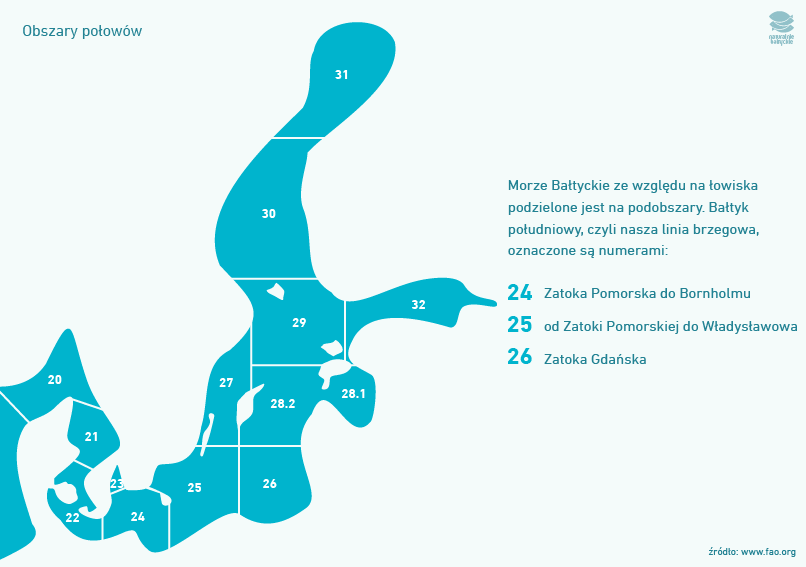Closed seasons are set each year, so restrictions may be bigger or smaller in subsequent years*. In 2020, there was a total ban on all fishing, including pelagic fish (e.g. herring), in the southern part of the Baltic Sea from 4 June to 31 August.
Closed season for cod this year was in force in our part of the Baltic Sea from the beginning of May to the end of August.
For salmon and sea trout closed season is from mid-September to the end of December.
Zanders were under protection from March 25 to June 10. Closed season for acipenser oxyrinchus (a species of sturgeon) lasts all year.
Eels are protected from November to the end of January. For whitefish closed season was in January and will be again from December 1 to 31, but for western inland waters from October 20 to December 15.
Pikes were under protection from January to the end of April. Closed season for flounders lasted from mid-February to mid-May, and for turbots – from June to the end of July.
It is worth knowing the closed seasons of fish. At this time in the stores we can usually buy either frozen fish from the Baltic Sea, or from deep-sea fisheries. Only at sea we have a chance to get fresh fish from coastal fishing.
*All matters are regulated by the Regulation of the Ministry of Marine Economy and Inland Navigation from year 2019, item 1701.
The Baltic Sea is divided into sub-areas in terms of fishing grounds. The southern Baltic, i.e. our coastline, is numbered: 24 (Pomeranian Bay to Bornholm), 25 (from Pomeranian Bay to Władysławowo) and 26 (Gdansk Bay)

Mapa Morza Bałtyckiego ukazująca podziały na cieśniny Bełt, Sund oraz Bałtyk (source: http://www.fao.org/fishery/area/Area27/en)